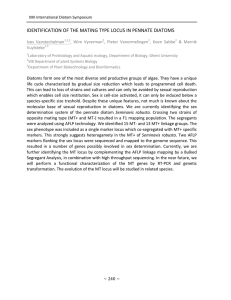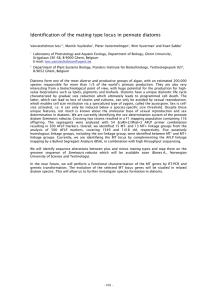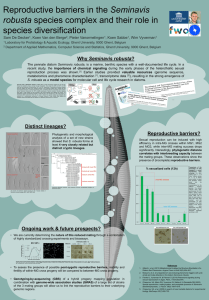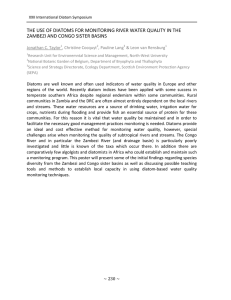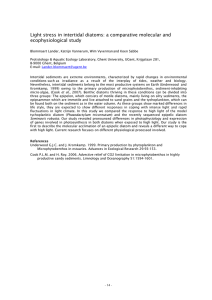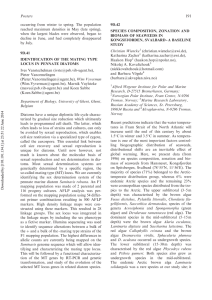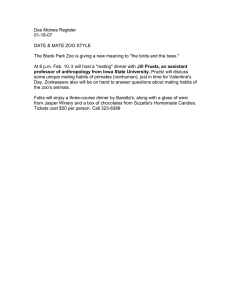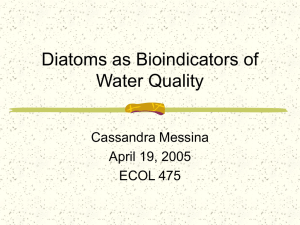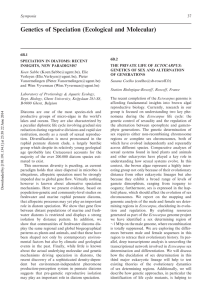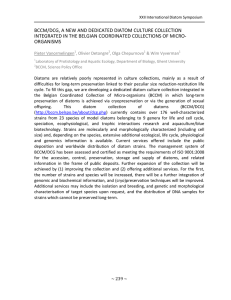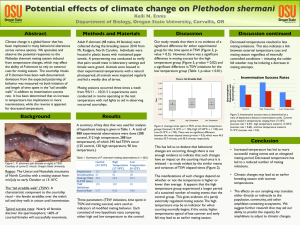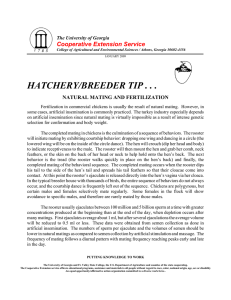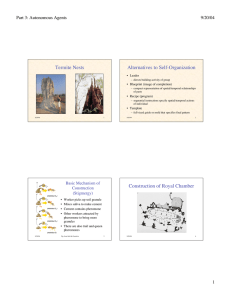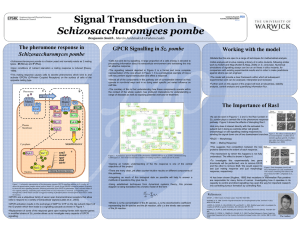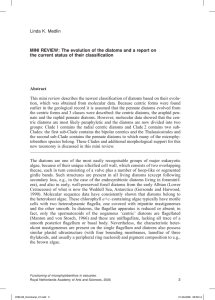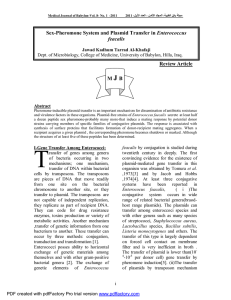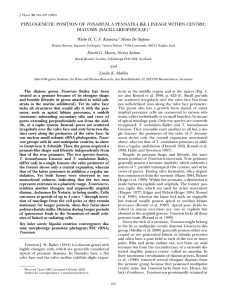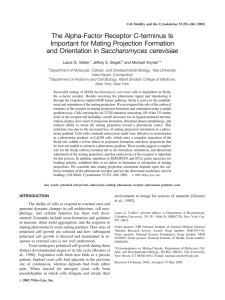SEMINAVIS ROBUSTA Johannes Frenkel
advertisement
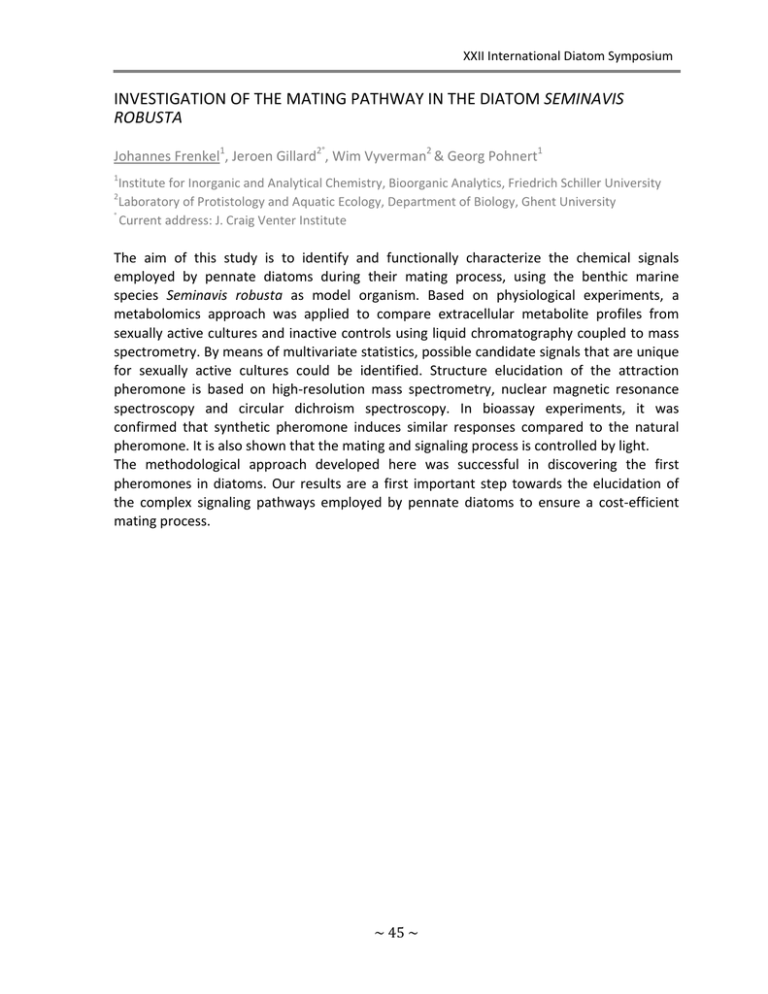
XXII International Diatom Symposium INVESTIGATION OF THE MATING PATHWAY IN THE DIATOM SEMINAVIS ROBUSTA Johannes Frenkel1, Jeroen Gillard2°, Wim Vyverman2 & Georg Pohnert1 1 Institute for Inorganic and Analytical Chemistry, Bioorganic Analytics, Friedrich Schiller University Laboratory of Protistology and Aquatic Ecology, Department of Biology, Ghent University ° Current address: J. Craig Venter Institute 2 The aim of this study is to identify and functionally characterize the chemical signals employed by pennate diatoms during their mating process, using the benthic marine species Seminavis robusta as model organism. Based on physiological experiments, a metabolomics approach was applied to compare extracellular metabolite profiles from sexually active cultures and inactive controls using liquid chromatography coupled to mass spectrometry. By means of multivariate statistics, possible candidate signals that are unique for sexually active cultures could be identified. Structure elucidation of the attraction pheromone is based on high‐resolution mass spectrometry, nuclear magnetic resonance spectroscopy and circular dichroism spectroscopy. In bioassay experiments, it was confirmed that synthetic pheromone induces similar responses compared to the natural pheromone. It is also shown that the mating and signaling process is controlled by light. The methodological approach developed here was successful in discovering the first pheromones in diatoms. Our results are a first important step towards the elucidation of the complex signaling pathways employed by pennate diatoms to ensure a cost‐efficient mating process. ~ 45 ~
